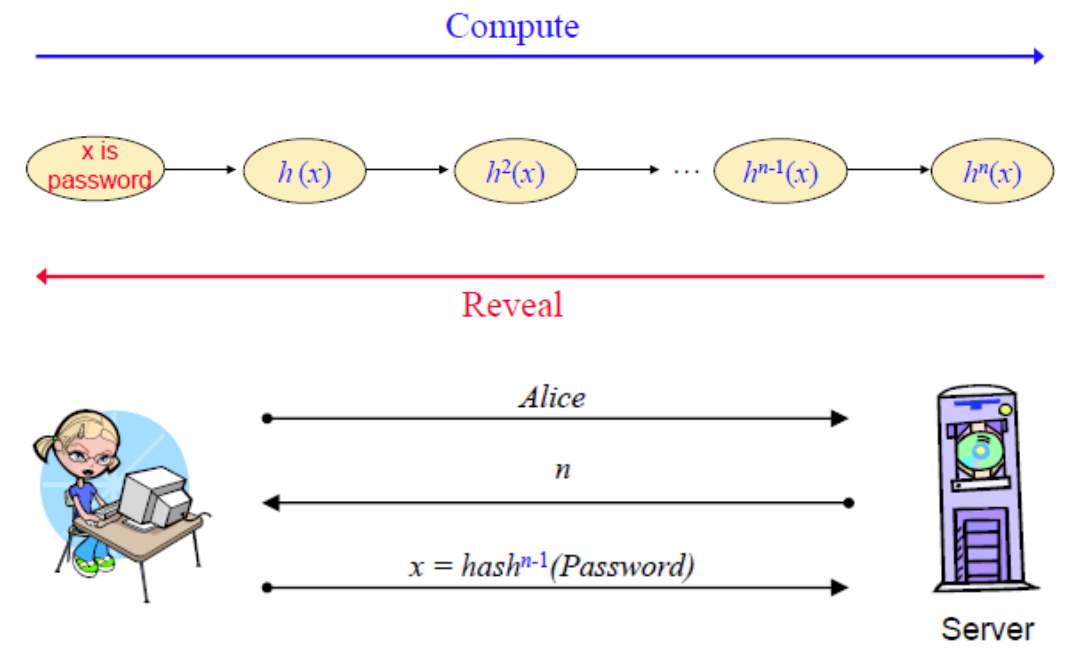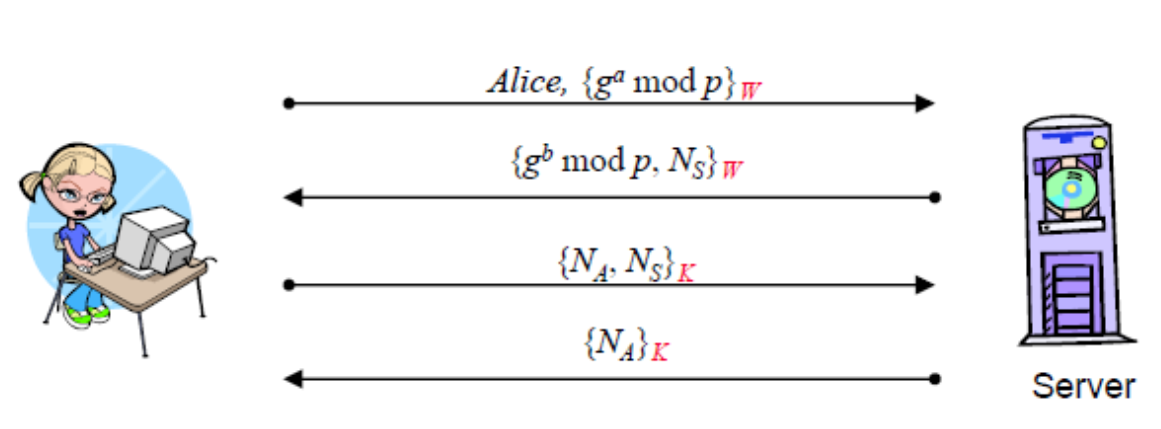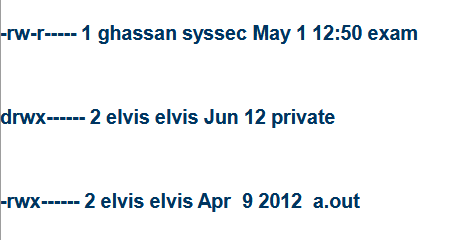4. Password & Authentication Schemes
1/14
There's no tags or description
Looks like no tags are added yet.
Name | Mastery | Learn | Test | Matching | Spaced |
|---|
No study sessions yet.
15 Terms
Identification vs. Verification
Identification → Confirms who someone is from a group of identities.
Verification → Confirms if someone is who they claim to be.
What is the definition of Authentication?
The process of verifying an identity claimed by or for a system entity.
What are the 4 means of User Authentication
Based on something the individual:
knows → password
posses → token
Naturally has → static biometrics
does → dynamic biometrics
What type of attack can be used against hashed passwords?
Dictionary attacks
What are ways to prevent Dictionary Attacks on passwords?
Salts → Add random salt to password before hashing.
Memory-bound hash functions → designed to be slow and requires lots of memory.
Password File Access Control → OS allows only root / authentication checks to read file with hashed passwords.
Policies against common passwords → prevents users from choosing simple passwords.
What is Lamports Hash?
One-time password scheme.
Secure against breach of server database.
Scheme:
Server stores an integer n and hashn(password) for each user.
n decrements after each use.
User calculates large number of password hashes in advance.

What is the problem with Lamports Hash?
The small n attack:
Scheme has no mutual authentication (server can be impersonated).
Attacker sends small n to User - which is smaller than the actual current n → receives hashn(password).
Attacker can use hashn(password) to construct hashes until the actual current n (of the server) reaches n.
What is the definition of Strong Password Protocols?
Eavesdropping or impersonation will not yield enough information to do offline verification of password guesses.
What is the problem of Encrypted Key Exchange (EKE) and Simple Password Exponential Key Exchange (SPEKE)?
The server has to store the weak password w.

What are Augmented Strong Password Protocolls?
Strong Password Protocols, where the server does not need to store the password.

What is Discretionary Acces Control (DAC)?
Matrix that defines the access rights of all subjets for all objects.
Subject → entity that can access objects.
Object → Access controlled resource.

What are characteristics of the Linux security model?
Users / processes with root access can do anything. Others much less.
Everything is treated as a file → file system security is important (except users/groups).
How are unix file permissions structured?
‘-’ or ‘d’ → file / directory
r/w/x → permissions for owner
r/w/x → permissions for group
r/w/x → permissions for world
number → level of directories
username of owner
groupname
filename

What is Challenge-Response Authentication?
One party sends challenge, other responds in pre-agreed manner that demonstrates identity.
Uses timestamps / nonces for freshness.
Old responses should not provide useful information for future identifications.
Android: Covert vs. Overt channels
Overt => Communication path that is not hidden.
Covert => Communication path that is hidden.